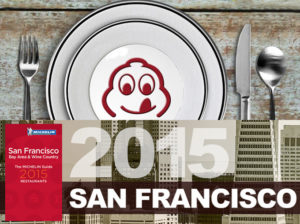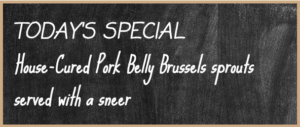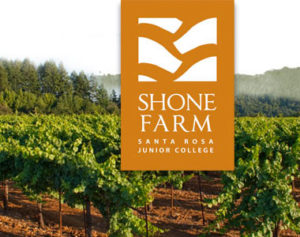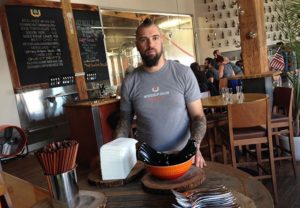
Biteclub’s already jonesing for a Cuban cortadito (a sweet espresso drink with milk) from the yet-to-open Rumba Cuban Cafe in Windsor. “Yeah, pretty much anyone who’s seen the Kardashians knows what a cortadito is,” said Elizabeth Torno, who with her husband Isaac plans to open an authentic Cuban cafe at 8750 Redwood Highway in the coming weeks.
Along with Cuban coffee drinks, they’ll be serving up a variety of sandwiches including a the Frita Cubana (a chorizo and beef hamburger), and the classic Cubano on freshly baked bread.
“A Cuban sandwich without Cuban bread just isn’t the same, said Elizabeth. Inspired by years of family recipes, the couple also plan heartier daily specials with classic beans and rice and tostones served with richly marinated beef, pork and chicken.
A close cousin to Puerto Rican and Dominican cuisine, Cuban food is a mixture of Spanish, African and indigenous ingredients based around beans, rice and marinated meats.
“All of our friends are hooked on the food we’ve been making for years,” said Elizabeth.
Just don’t ask for the Tabasco sauce with your Cubano. “Cubans don’t enjoy spicy food at all. We’re all about spices,” said Torno. “My grandmother would absolutely walk away from a jalapeno.”




















